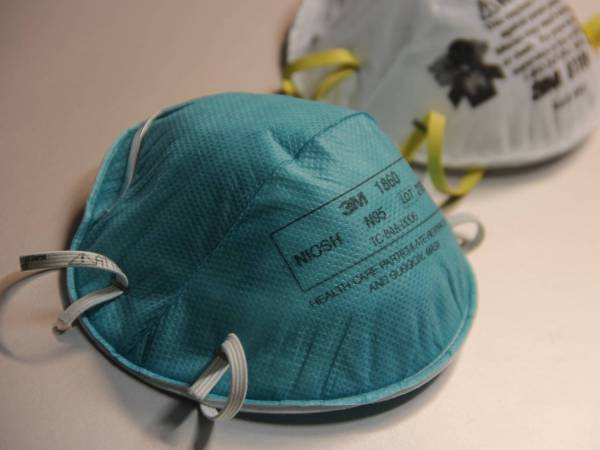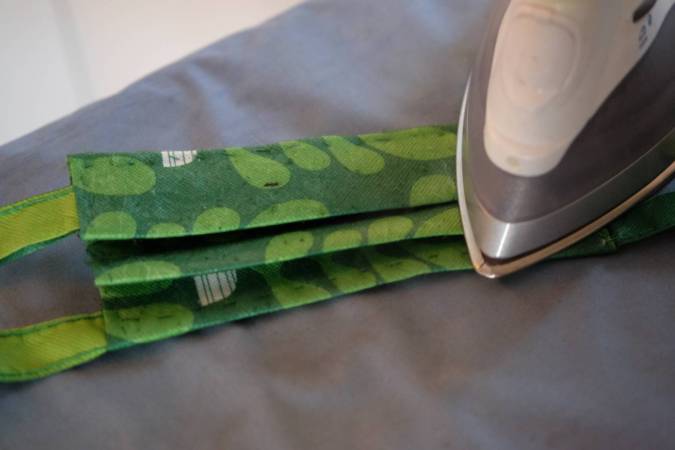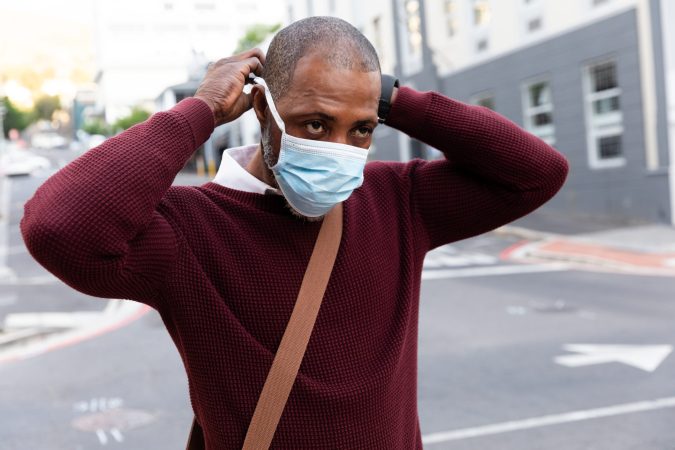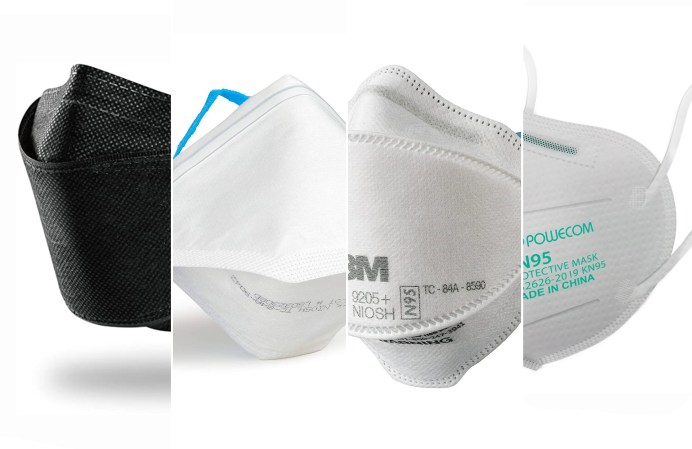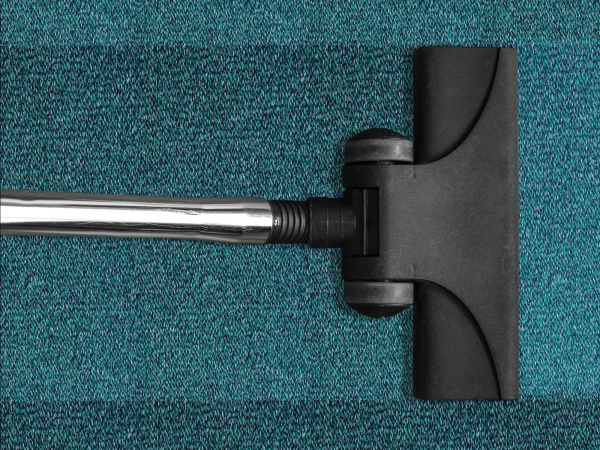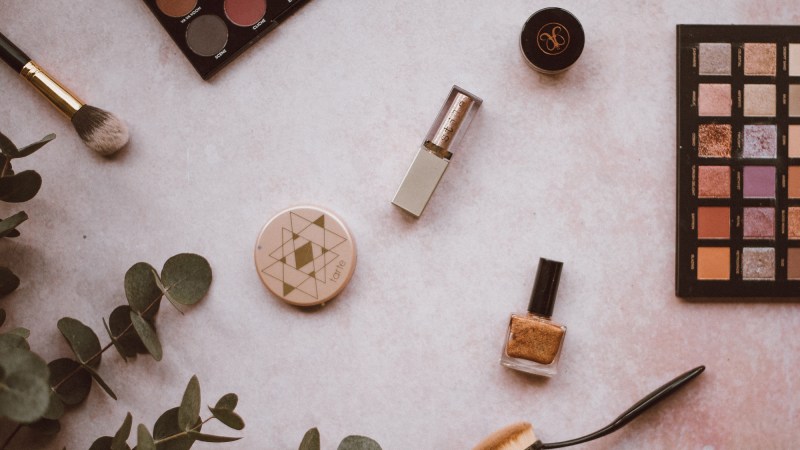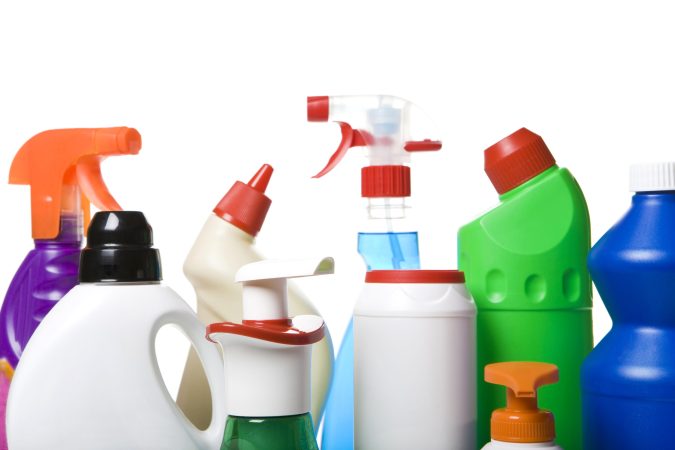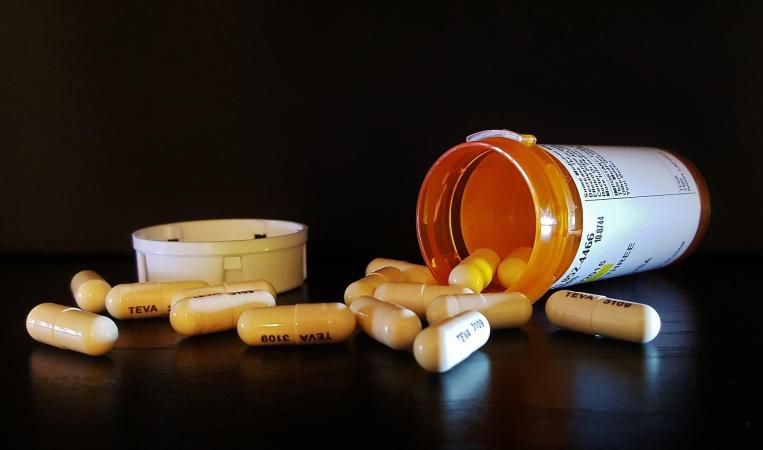

We may earn revenue from the products available on this page and participate in affiliate programs. Learn more ›
You can’t see it with the naked eye, but your smartphone is likely to be crawling with bacteria—perhaps even more so than your toilet seat. That’s a lot of dangerous microbes floating around, and yes, it is gross.
In this age of global travel and trade, it’s more important than ever to cut down on possible routes of infection and to stop bacteria and viruses spreading from person to person. Part of that means making sure your phone isn’t transmitting anything more than data.
And besides the potential health risks of a dirty phone, the gunk and dust gathering in your phone’s ports or around the buttons can make it harder to use. There’s also the simple aesthetic annoyance of looking at a screen that’s covered in fingerprints and other oily smudges that are part of life with a smartphone.
In short, you’ve got plenty of reasons to regularly give your phone a thorough clean. Not just during a pandemic, either—we should be thinking about keeping our phones bacteria-free all the time, says microbiologist Paul Turner, a professor at Yale University.
After all, we touch our phones all the time and many of us are relatively lax about cleaning them. “It sets the stage for plausible concern,” Turner says. “People could be handling phones and picking up any bacteria or virus that can attach to a surface and survive for a period of time.”
Take SARS-CoV-2, the coronavirus that causes COVID-19, for example: Scientists are still scrambling to get solid evidence, but early research suggests that it can survive on plastic or stainless steel surfaces for two or three days. That means you could be washing your hands perfectly well, but immediately picking the virus up again as soon as you reach for your phone.
You could be doing everything right (like washing your hands and staying away from people), but if there’s a contaminated surface in your home or your pocket, you could expose yourself to the virus anyway, Turner says.
One mitigating factor is that usually we’re the only ones who touch our devices, so your smartphone isn’t as potentially infectious as a doorknob in an office, for example. That said, Turner hopes increased awareness of viruses will get everyone to start periodically cleaning their devices—he recommends wiping down a smartphone around every three days.
“People are not widely cleaning their phones, and yet it only takes a few seconds,” he says. “There’s a lot of bacteria and viruses that can hang out for several days on the surface and that could make you sick.”
Cleaning your phone

With most phones now at least water resistant—if not waterproof—and designed to take a few knocks, cleaning your phone isn’t difficult, and it’s unlikely you’ll end up with an overpriced paperweight. But it’s still a good idea to leave most of your normal cleaning products and any abrasive materials in the cupboards.
First, fully power down your handset and remove any accessories, like charging cables or headphones. If you use a case, take that off too, so you’ll have full access to all sides of your phone.
Next, you’ll need a soft, lint-free cloth. Apple recommends a lens cloth for the job, but anything similar that won’t scratch or damage your phone (like microfiber), will do.
Dampen the cloth with a little water and wipe down the front and the back of your handset, using steady, circular motions to lift off the accumulated dirt. It’s a good idea to keep one end of your cloth dry or have a separate dry cloth at hand to remove excess moisture. This is especially important near ports and buttons, where water might interfere with your phone’s normal operation.
If your phone is fully IP68 rated for waterproofing (check the specs if you’re not sure), feel free to dunk your phone in a bowl of clean water for a minute or two. You can then dab off the moisture with a cloth, cleaning it at the same time.

For more persistent marks and dirt, you can use some gentle face or baby wipes, or a little bit of household hand soap. If you do opt for cleaning wipes, use them sparingly and make sure they’re approved for use on electrical devices. If not, Turner says a little soap, water, and a cloth will do just fine.
Soap and water is also the preferred method of fighting any viruses that may be stuck to your phone. Hand sanitizers are popular, but experts generally believe they’re less effective, Turner says.
Some experts also recommend mixing a half-and-half solution of rubbing alcohol (isopropyl alcohol at around 60-70 percent) and water. Wet your cleaning cloth rather than your phone to get rid of any stubborn bacteria. As long as you use these substances in small amounts and avoid harsh chemicals, you’re not going to damage your device.
In fact, Apple recently updated its guidelines to suggest that in addition to water, it’s safe to use 70 percent isopropyl alcohol wipes and Clorox disinfectant wipes on iPhones, as long as you keep moisture away from the ports.
Once you’ve dealt with the exterior, use cotton swabs and a few sharp, well-aimed puffs of air from your mouth to get dust and particles out of your phone’s ports. Avoid cans of compressed air though, as the pressure can interfere with the insides of your phone.
If your charging cable hasn’t been juicing up your phone as quickly as it normally does, a build-up of gunk around the main port might be one reason why. Again, your microfiber cloth can come in handy here—you can use the tip of it to tease out any accumulated dirt or dust, or wrap part of it around something small and thin (like a toothpick) for the job.

These are general tips, but we’d encourage you to look online for any instructions specific to your phone. Your device’s manufacturer might have some particular tips that don’t apply more broadly, or certain warnings about what not to do.
When you’ve finished the cleaning process, leave your phone alone until any remaining moisture has had a chance to dry off naturally. Only then should you turn it on again and reattach cases and accessories. Putting it on a paper towel can help.
For an even more comprehensive solution, you can treat your phone to an ultraviolet light bath—a cleaning technique that science shows can help blast certain types of bacteria off of your handset. You can pick up a PhoneSoap UV Cell Phone Sanitizer, and it’ll charge your phone while it’s cleaning it. There are still questions about how effective these UV lights are, but if you can afford the extra investment, it’s a helpful additional way to keep your phone clean.



